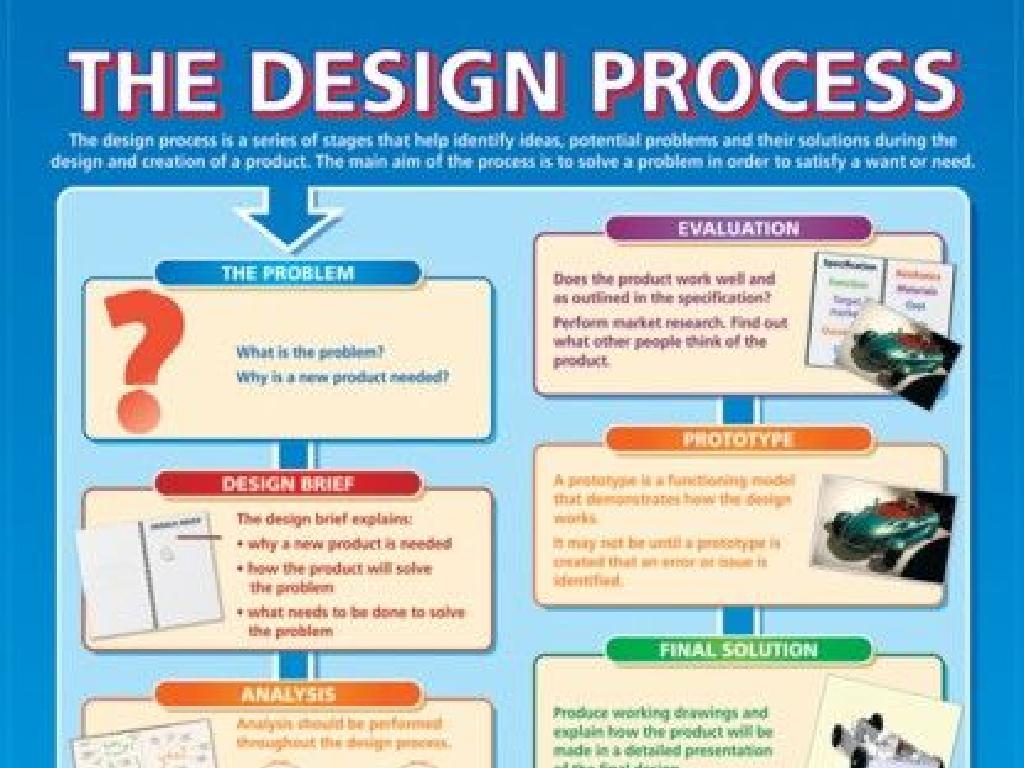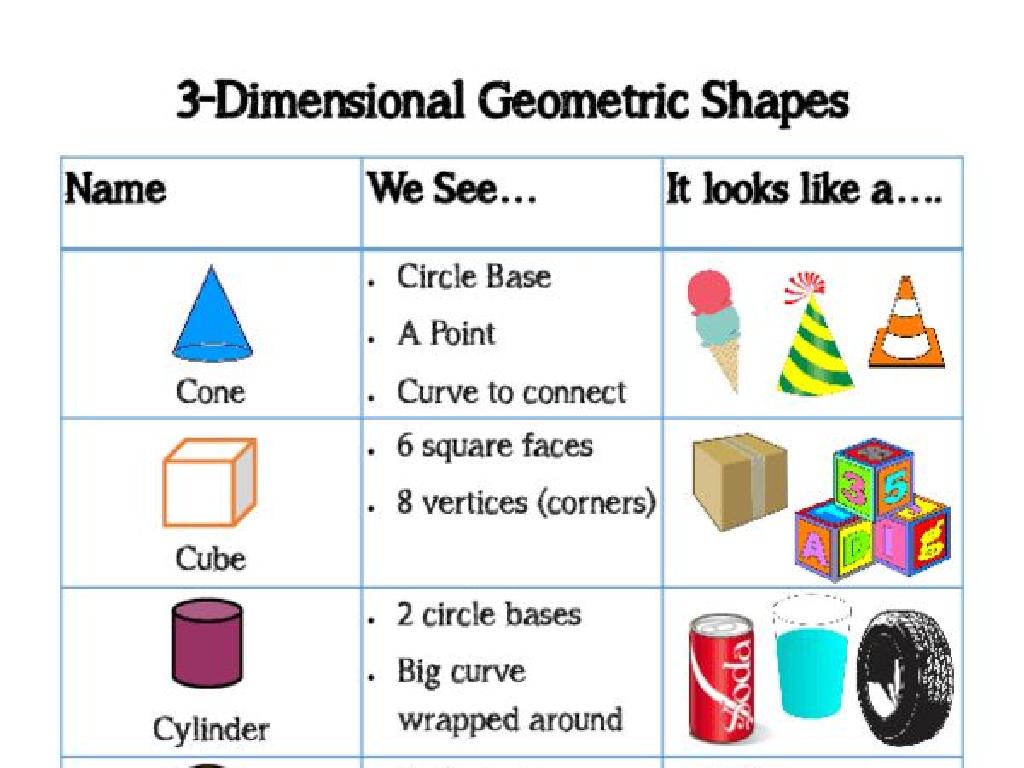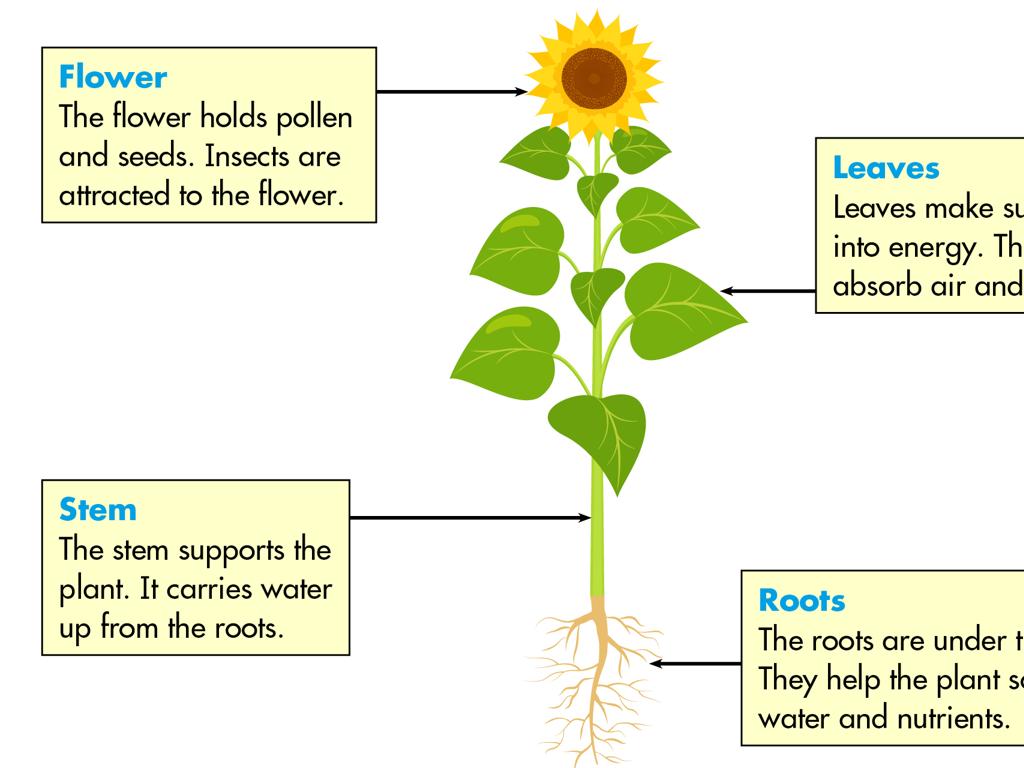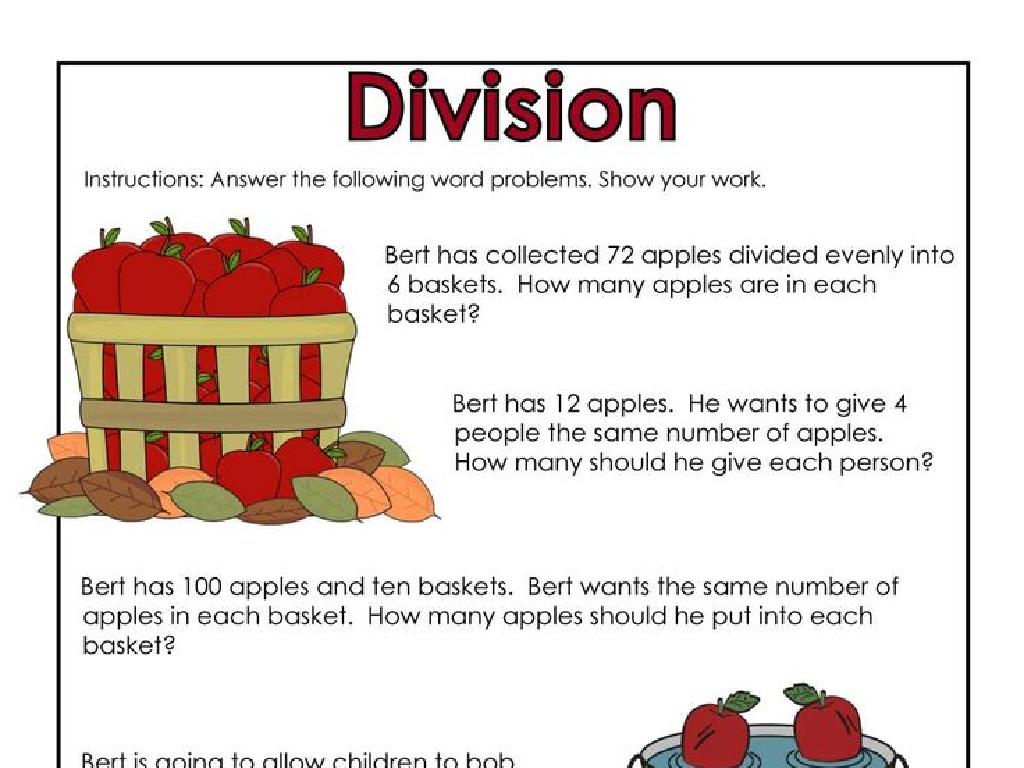Identify Ecosystems
Subject: Science
Grade: Fourth grade
Topic: Ecosystems
Please LOG IN to download the presentation. Access is available to registered users only.
View More Content
Welcome to Ecosystems!
– What is an Ecosystem?
– A community of living things interacting with their environment.
– Exploring Our Environment
– Examples of Nearby Ecosystems
– Forests, oceans, and deserts are all types of ecosystems.
– The Role of Organisms
– Every plant and animal has a role in its ecosystem.
|
This slide introduces the concept of ecosystems to fourth-grade students. Begin by defining an ecosystem as a community where living things such as plants, animals, and microorganisms interact with each other and with their physical environment, which includes elements like water, soil, and air. Emphasize the importance of every part of an ecosystem, including the non-living elements. Provide relatable examples of ecosystems that students might be familiar with, such as a local park, a garden, or even a pond. Discuss how each organism contributes to its ecosystem’s health and balance. Encourage students to think about how different ecosystems function and the variety of life forms that can exist in each one.
Exploring Ecosystem Components
– Biotic factors: living parts
– Plants, animals, bacteria, fungi
– Abiotic factors: non-living parts
– Water, sunlight, rocks, air
– Interaction of biotic & abiotic
– Plants need sunlight (abiotic) to grow
– Balance in ecosystems
|
This slide introduces students to the basic components of an ecosystem, which include both living (biotic) and non-living (abiotic) factors. Biotic factors are all the living parts of an ecosystem, such as plants, animals, bacteria, and fungi. Abiotic factors include non-living elements like water, sunlight, rocks, and air. It’s crucial for students to understand how these components interact, for example, how plants (biotic) require sunlight (abiotic) to perform photosynthesis. Emphasize the importance of balance between these factors for a healthy ecosystem. Encourage students to think of their own examples of biotic and abiotic elements in local ecosystems.
Exploring Ecosystem Types
– Forest Ecosystems
– Trees, diverse species, and rainfall
– Desert Ecosystems
– Dry, sparse vegetation, extreme temps
– Ocean Ecosystems
– Vast water bodies, marine life
– Grassland Ecosystems
– Wide open spaces, few trees, many grasses
|
This slide introduces students to the concept of different types of ecosystems. Forest ecosystems are rich in trees and biodiversity and receive plenty of rainfall. Desert ecosystems are characterized by dry conditions, sparse vegetation, and can have extreme temperatures. Ocean ecosystems cover vast areas and are home to a wide variety of marine life. Grassland ecosystems are known for wide open spaces, dominated by grasses and having few trees. Discuss the unique characteristics of each ecosystem, such as climate, types of species, and the physical environment. Encourage students to think about the diversity within these ecosystems and how each ecosystem supports different forms of life.
Food Chains and Webs in Ecosystems
– Producers, Consumers, Decomposers
– Plants make their own food, animals eat plants or other animals, and decomposers break down waste.
– Energy flow in ecosystems
– Sunlight to plants, then to animals, and finally to decomposers.
– Life’s interconnectedness
– Every living thing depends on each other to survive.
– Importance of each role
|
This slide introduces the basic components of food chains and webs within ecosystems, emphasizing the roles of producers, consumers, and decomposers. Producers, like plants, create their own food using sunlight. Consumers, such as animals, eat plants or other animals for energy. Decomposers, including fungi and bacteria, break down dead material, returning nutrients to the soil. Highlight how energy flows from the sun through this chain and how each organism is connected, playing a vital role in the ecosystem’s balance. Encourage students to think about local examples and how removing one element can affect the whole system.
Exploring Our Local Ecosystem
– Identify biotic & abiotic factors
– Biotic: plants, animals; Abiotic: rocks, water
– Observe organism interactions
– How do squirrels and trees interact?
– Understand species importance
– Each species has a role, like bees pollinating
– Reflect on ecosystem balance
|
This slide aims to introduce students to the complexity of ecosystems by exploring their local environment. Start by explaining the difference between biotic (living) and abiotic (non-living) factors, providing examples that students can easily find in their surroundings. Encourage them to observe interactions, such as how plants provide shelter for animals or how bees pollinate flowers. Discuss the importance of each species, emphasizing that every organism has a role that helps maintain the balance of the ecosystem. Use this opportunity to instill a sense of stewardship for the environment and to spark curiosity about how they can contribute to the health of their local ecosystem.
Human Impact on Ecosystems
– Effects of human activities
– Some activities help, others harm habitats and wildlife.
– Conservation efforts
– Protecting natural areas and using resources wisely.
– Our role in ecosystems
– Each of us can help preserve our environment.
– Balancing impact with action
|
This slide aims to educate fourth-grade students on how human activities can both positively and negatively affect ecosystems. It’s crucial to discuss examples such as pollution harming wildlife or planting trees to restore areas. Conservation includes national parks and recycling programs. Emphasize the importance of each person’s actions, like reducing waste or using less water, to help protect our planet. Activities could include a class project to clean up a local park or starting a recycling program at school. Encourage students to think of ways they can make a difference in preserving ecosystems in their own community.
Class Activity: Create Your Own Ecosystem
– Divide into groups, pick an ecosystem
– Draw or build an ecosystem model
– Include biotic and abiotic factors
– Biotic: plants, animals; Abiotic: rocks, water
– Show interaction between factors
– Example: roots holding soil, bees pollinating
|
This activity is designed to help students understand ecosystems by creating a visual and interactive model. Divide the class into small groups and have each group choose a different ecosystem, such as a forest, desert, or ocean. Provide materials for drawing or building, and instruct students to represent both biotic (living) and abiotic (non-living) elements. They should also demonstrate the interactions between these factors, such as how plants provide oxygen for animals or how water is essential for plant growth. Encourage creativity and ensure each group understands the importance of every element in their ecosystem. Possible activities: 1) Forest ecosystem with cardboard trees and clay animals. 2) Desert ecosystem with sand and cactus drawings. 3) Ocean ecosystem with blue paper and fish stickers. 4) Rainforest ecosystem with real plant leaves and toy insects. 5) Arctic ecosystem with cotton ball snow and polar bear cutouts.
Ecosystems: Conclusion and Recap
– Review ecosystem components
– Producers, consumers, decomposers, and habitats
– Discuss ecosystem balance
– How plants and animals rely on each other
– Reflect on ecosystem types
– Different ecosystems like forests, deserts, oceans
– Q&A session
|
This slide aims to summarize the key points covered in the lesson on ecosystems. Start by reviewing the components of ecosystems, including producers like plants, consumers like animals, decomposers like fungi, and the habitats they live in. Emphasize the importance of balance in natural ecosystems and how each organism plays a role in maintaining this balance. Reflect on the different types of ecosystems we’ve learned about, such as forests, deserts, and oceans, and how they differ from each other. Conclude the lesson with a Q&A session to address any uncertainties and reinforce the students’ understanding. Encourage students to think of questions during the review to ensure an interactive and engaging wrap-up.






